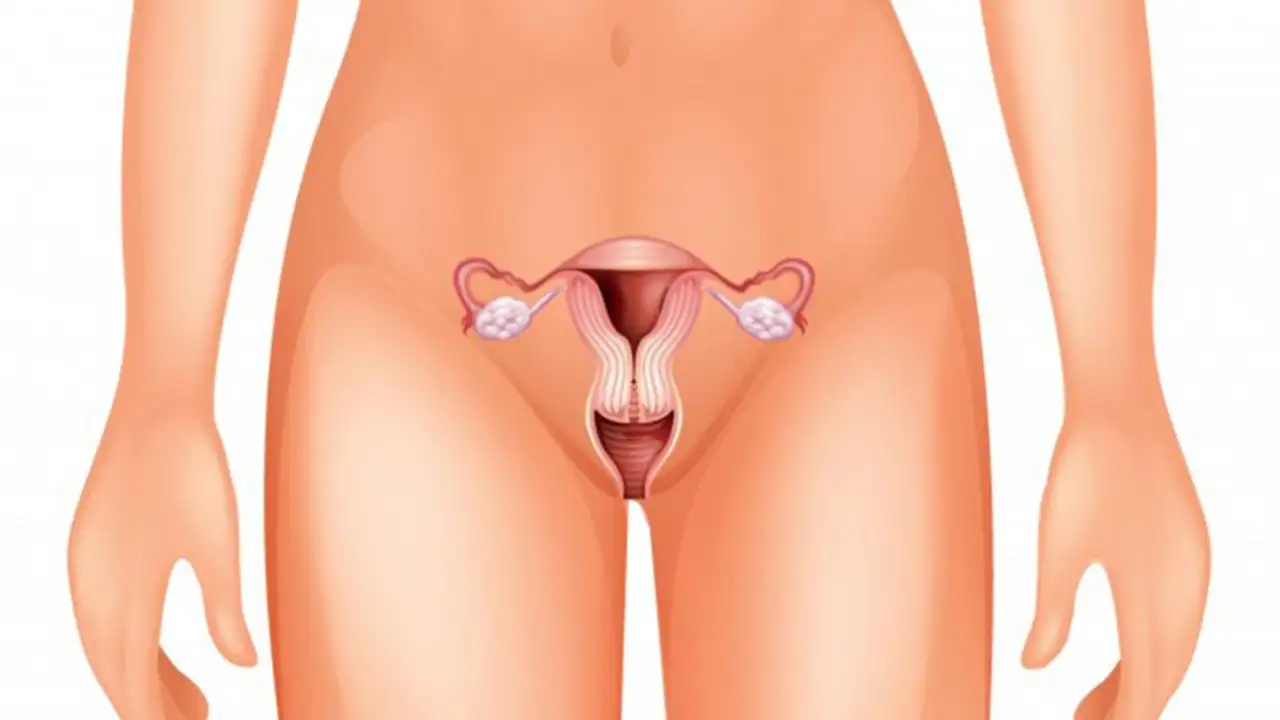GENITAL SYSTEM
GENITAL SYSTEM
In the male, testicles secrete a fluid rich in spermatozoa and this fluid in conjunction with that from prostate and seminal vesicles, forms what is called semen. It is the living spermatozoa found in abundance in the semen discharged, that carry the seeds of fruitfulness in the sexual congress. Semen, from which spermatozoa are absent, is infructuous; semen rich in it, is successful. Semen however does not exist readymade inside any part of our body. It is the orgasm of sexual act that calls forth its secretion then and there, and muscles of the urethra are so arranged as to throw the semen forcibly forward so that not a drop of it may be lost nor misplaced.
In the female, we have the ovaries which periodically discharge ova (or microscopic seed) all through sexually active life (from age 14 to 50 in this country). Whenever ova are discharged, the fimbriated end of the fallopian tubes catches them and leads them on into the inside of the uterus. If an ovum meets a spermatozoa, they unite and grow into an offspring (foetus). If no meeting occurs, then the ova are extended from the uterus, per vaginum into the air. The inside of the uterus is lined by a lining called endometrium. This lining is renewed every twenty-eight days, when bleeding from genitals occurs. This monthly bleeding (lasting on an average four days) from the uterus, during the renewal of its lining, is called menstruation. Menstruation is thus caeval with active sexual life.
This inside of the vagina is thrown into transverse folds so as to retain, and thereby prevent from loss, all the semen that may be thrown into it.

Comments are closed.